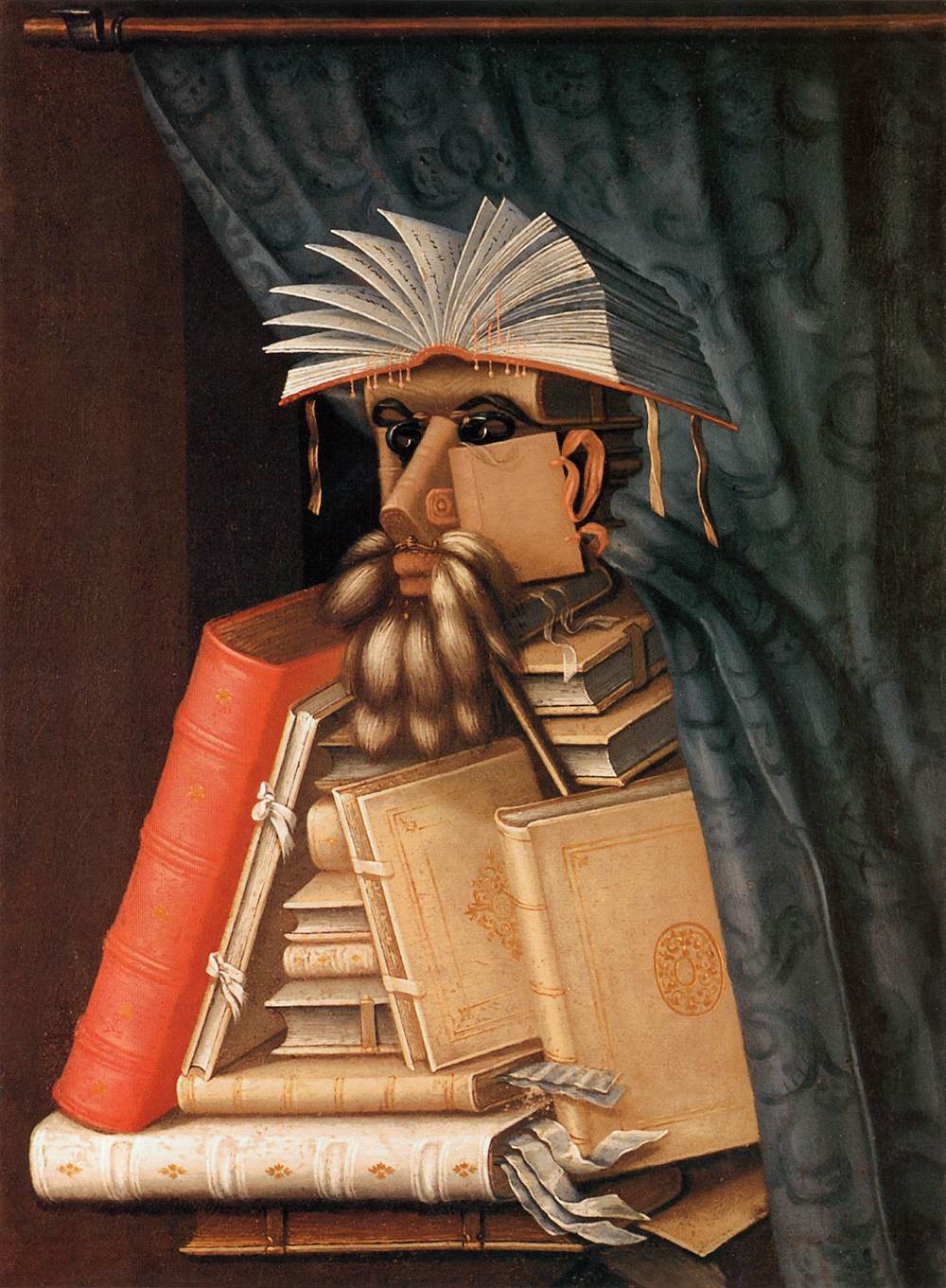Anyone looking at Arcimboldo's composite heads for the first time feels surprised, startled, and bewildered; our gaze moves back and forth between the overall human form and the richness of individual details until we get the joke and find ourselvesamused, delighted, or perhaps even repelled. Any transformation or manipulation of the human face attracts attention, but the effect is accentuated when we are confronted with monsters where, instead of eyes, mouths, noses, and cheeks, we find flowers or cherries, peas, cucumbers, peaches, broken branches, and much else. Arcimboldo's paintings stimulate opposing, irreconcilable interpretations of what we are seeing and thus are paradoxical in the truest sense of the word.Read Abigail Tucker's article Arcimboldo's Feast for the Eyes from the January 2011 Smithsonian magazine. Highlights:
Soon forgotten after his death, Arcimboldo was rediscovered in the 1930s when the director of the Museum of Modern Art in New York, Alfred H. Barr, included the artist's paintings in the exhibition Fantastic Art, Dada, Surrealism. Ever since, Arcimboldo has been considered a source of inspiration for the surrealists and their successors.
 |
 |
| Giuseppe Arcimboldo, 1526–1593 Vertumnus, c. 1590 Skokloster Castle, Skokloster |
Giuseppe Arcimboldo, 1526–1593 The Jurist, 1566 Stockholm, Nationalmuseum |
 |
 |
| Giuseppe Arcimboldo, 1526–1593 Four Seasons in One Head, c. 1590 National Gallery of Art, Washington, Paul Mellon Fund |
Giuseppe Arcimboldo, 1526–1593 The Librarian, c. 1566(?) Skokloster Castle Stokholm, Sweden |
No comments:
Post a Comment